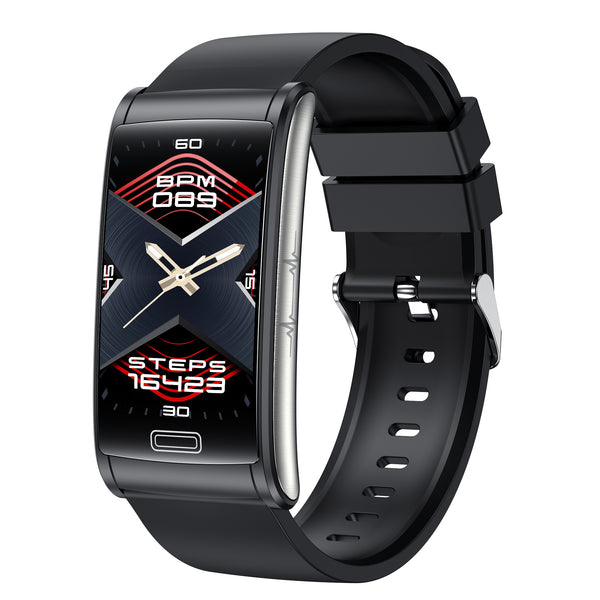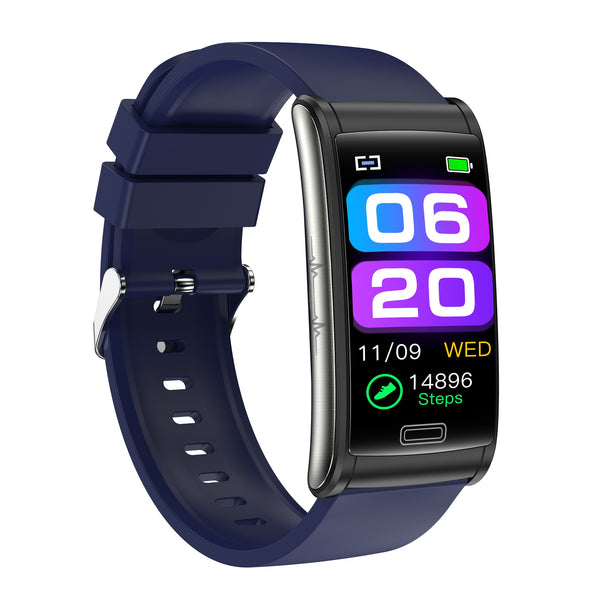Is It True that Stretching Does Not Counteract Exercise Soreness?
Among the many debates in the world of fitness, the role of stretching in alleviating exercise-induced soreness has been a subject of considerable discussion. While stretching is often recommended as a means to prevent muscle soreness, the effectiveness of this practice has been questioned by scientific research. Let's dive into the topic to understand whether stretching truly counteracts exercise soreness or if there’s more to this common belief.
The Role of Stretching:
Stretching is a common practice in many workout routines. It involves elongating muscles to improve flexibility and range of motion. Many people believe that stretching before or after a workout can reduce muscle soreness, commonly known as Delayed Onset Muscle Soreness (DOMS). However, scientific studies have presented a more nuanced view.
Understanding Exercise Soreness:
DOMS typically occurs 24 to 72 hours after intense physical activity. It's the result of microscopic damage to muscle fibers and the inflammatory response that follows. It’s a natural part of the muscle repair process and is not necessarily an indication of lack of fitness or improper training.
Does Stretching Alleviate Soreness?
Contrary to popular belief, recent research has shown that stretching alone may not directly prevent or alleviate DOMS. A study published in the Journal of Human Kinetics found that static stretching (the type where you hold a muscle in an elongated position for a period of time) before or after exercise didn’t significantly reduce muscle soreness.
What Can Help Alleviate Soreness?
Instead of relying solely on stretching to counteract exercise soreness, there are other strategies that have shown more effectiveness:
-
Active Recovery: Light, low-impact movement or exercise can help increase blood flow to the muscles, aiding in their repair and recovery.
-
Hydration and Nutrition: Proper hydration and a balanced diet rich in nutrients help the body recover and repair muscle tissues.
-
Gradual Progression: Gradually increasing the intensity and duration of workouts allows the body to adapt, potentially reducing the severity of DOMS.
-
Foam Rolling and Massage: Techniques like foam rolling or massage can help in relieving muscle tension and soreness.
The Benefits of Stretching:
While stretching may not directly prevent soreness, it still offers several advantages. It can improve flexibility, enhance blood circulation, and increase overall muscle performance. It’s beneficial for preventing injuries and maintaining mobility, which are important aspects of fitness and overall health.
The belief that stretching alone can counteract exercise-induced soreness might be a misconception. While stretching offers numerous benefits, reducing muscle soreness might not be its primary advantage. However, a holistic approach including a balanced workout routine, proper nutrition, active recovery, and other methods can effectively mitigate exercise-induced soreness and aid in overall fitness and well-being.
In conclusion, while stretching has its place in a fitness regimen, it might not be the magic solution for eliminating post-exercise soreness. It's essential to adopt a multifaceted approach that includes various strategies to effectively manage and prevent muscle soreness, ensuring a balanced and healthy exercise routine.
In a world where health and fitness are paramount, technological advancements continue to redefine our approach to personal well-being. The Twellmall W03E8600 smartwatch stands at the forefront of this revolution, seamlessly integrating cutting-edge health monitoring capabilities with smart functionalities.
Comprehensive Health Monitoring:
-
Chest Patch Instant ECG Analysis: The Twellmall W03E8600 allows for instant electrocardiogram (ECG) analysis, providing real-time insights into heart health, much like the importance of heart rate monitoring and exercise recovery in a fitness regime.
-
ECG Band Monitoring: In addition to the chest patch feature, continuous ECG monitoring ensures a comprehensive overview of heart performance and potential irregularities during workouts, aligning with the emphasis on heart rate and blood pressure monitoring.
-
Non-invasive Blood Glucose Monitoring: Going beyond conventional health tracking, the smartwatch offers a non-invasive method for blood glucose monitoring, enhancing awareness about overall health, similar to the exploration of blood glucose levels' impact on exercise performance and recovery.
-
Multi-Exercise Modes: Addressing the need for diverse exercise modes, the watch supports multiple exercise modes, reflecting the importance of versatile workouts in the management of exercise-induced soreness.
-
Sleep Monitoring: Just as sufficient rest is crucial for muscle recovery, the watch includes sleep monitoring to ensure users understand their sleep patterns and their impact on overall health and performance.













